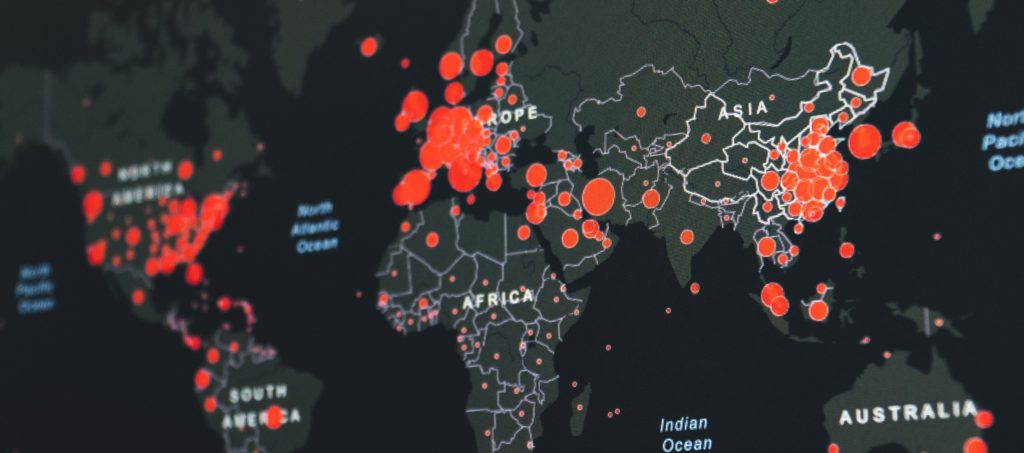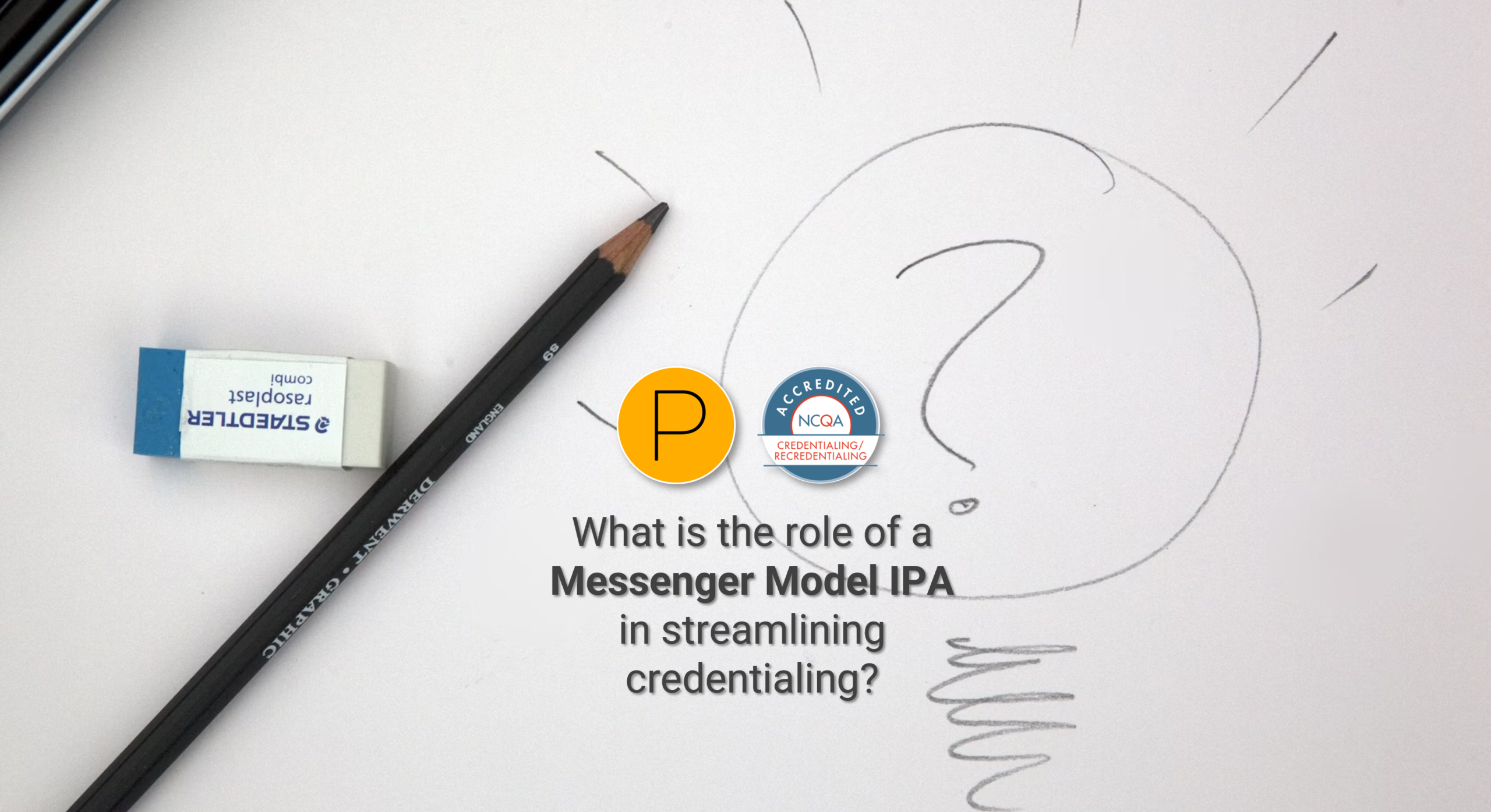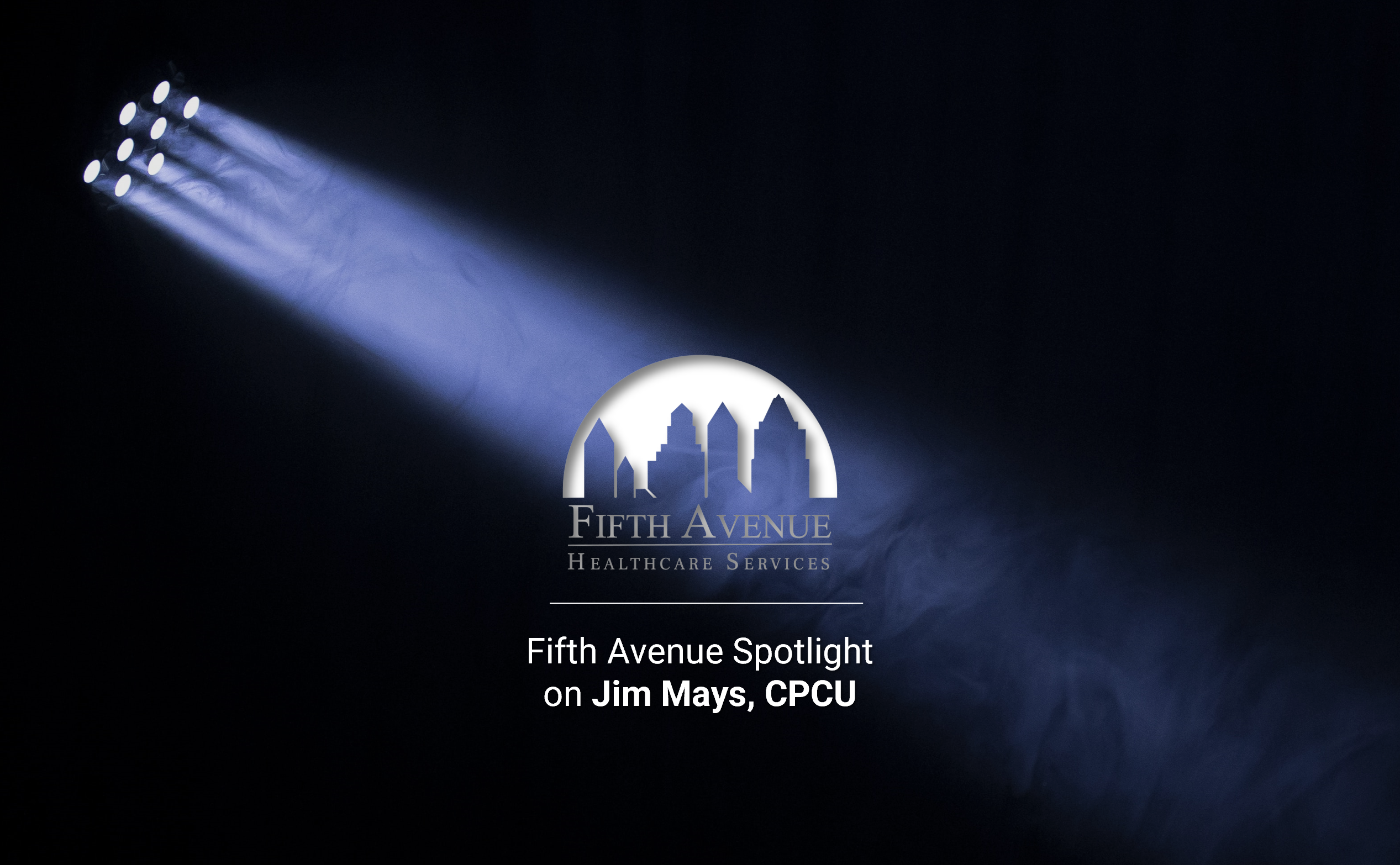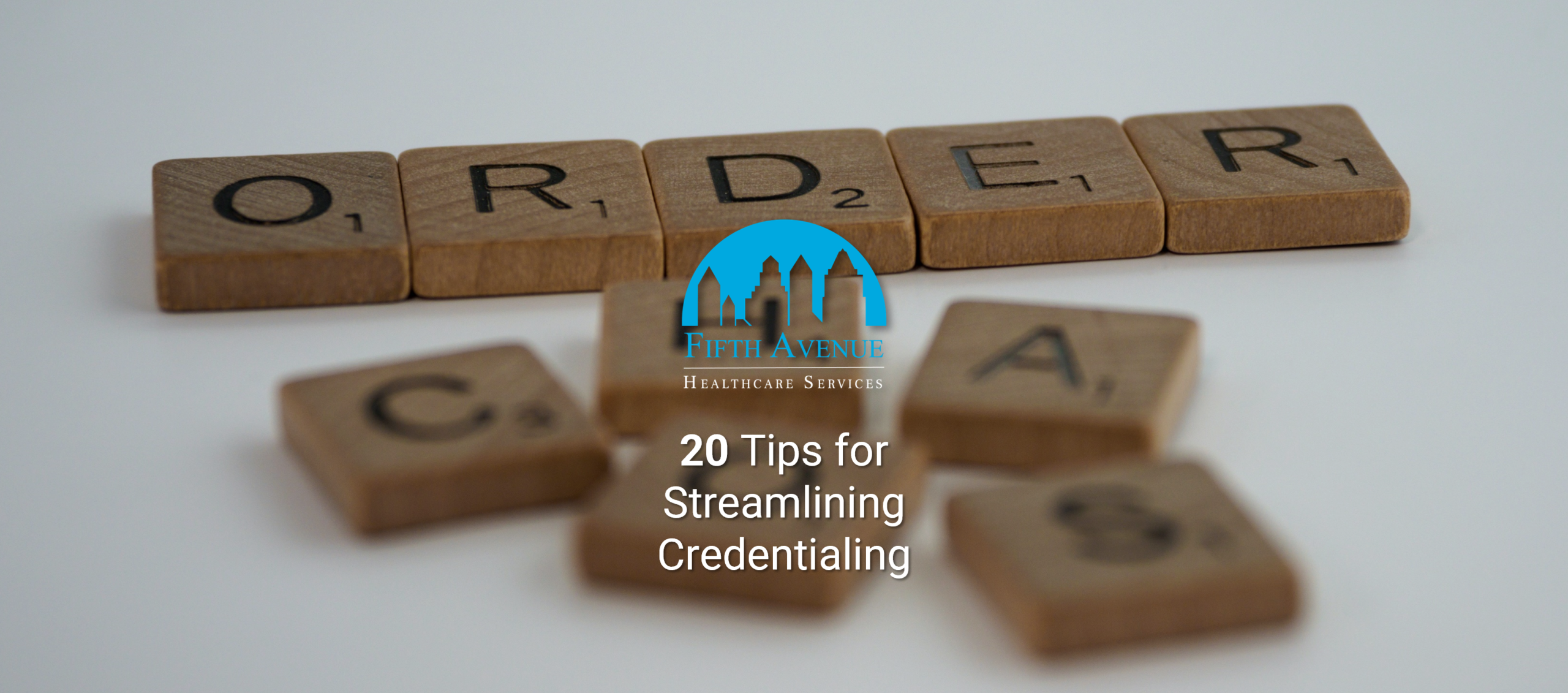A January 2022 report found that Medicare would not cover the cost of COVID-19 at-home tests. A Biden administration mandate that orders private insurers to cover the cost of at-home tests did not extend to Medicare.
However, in April 2022, a Medicare initiative came into effect that covers up to 8 free at-home COVID-19 at home tests each calendar month, offering relief to people who might be more susceptible to the ill effects of the virus. As of April 4, 2022, people with Medicare Part B can receive up to 8 free COVID-19 at-home tests each calendar month.
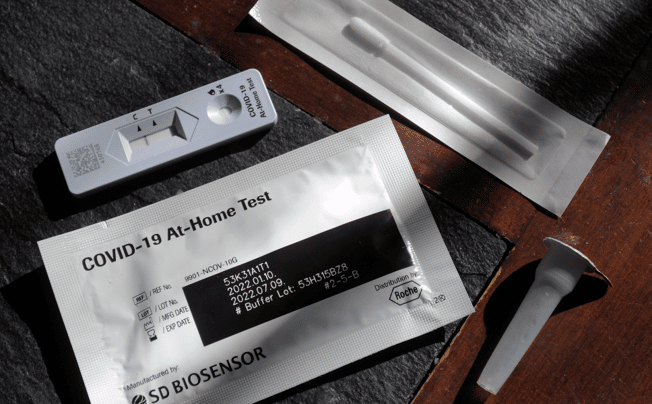
Medicare Part B Beneficiaries can pick up the COVID-19 at-home tests at any participating pharmacy or healthcare provider. A partial list of participating pharmacies can be found at https://www.medicare.gov/medicare-coronavirus. These pharmacies can distribute tests and bill Medicare on behalf of beneficiaries. Beneficiaries must not change pharmacies or health care providers to receive the tests. They also do not have to pay unless they want more than eight monthly tests.
Medicare will cover these tests for Part B beneficiaries, including those enrolled in a Medicare Advantage plan. Medicare will not cover at-home tests for Medicare Part A beneficiaries. Fortunately, there are other ways to get free tests.
How can I obtain free COVID-19 at-home tests if I am not enrolled in Medicare Part B?
1. Visit COVIDtests.gov for your free COVID-19 at-home tests.
The United States government launched a website that allows consumers to order up to 16 tests for free. This option is open to all households, including all Medicare beneficiaries. Tests are available for every residential address in the United States, Puerto Rico, United States Territories, and overseas military and diplomatic addresses. Only a name and address are required. No insurance information is needed.
Tests can be ordered online at COVID.gov or COVIDtests.gov. This program allows three orders of free COVID-19 at-home tests, totaling 16 tests per residential address. The program also acknowledges different living arrangements. Residential addresses that have multiple unrelated families can order multiple tests. However, the United States Postal Service might not recognize some addresses as multi-family. Consumers can file a service request or call 1-800-ASK-USPS (1-800-275-8777) to resolve the issue.
All tests are FDA-authorized at-home rapid antigen tests, not PCR. Consumers can not choose which brand they will receive. The tests can be taken anywhere at any time. No drop-offs are necessary. Users can get results within 30 minutes. The tests also determine whether COVID-19 symptoms are present or if users are vaccinated.
COVID-19 at-home tests are delivered through the United States Postal Service and should ship within 7 to 14 days of ordering. All orders within the continental United States will be sent First Class. Orders to Alaska, Hawaii, United States Territories, and overseas military and diplomatic addresses will be sent via Priority Mail. A FAQ is available for people experiencing problems ordering.
2. Visit Medicare-certified health clinics for your free COVID-19 at-home tests.
Medicare-certified health clinics and community health centers typically provide free COVID-19 at-home tests. In January 2022, the United States Department of Health and Human Services provided these sites with approximately 50 million tests for distribution. However, since the demand is generally high, these locations might not have the available inventory.
Alternate free testing outside the home
Medicare beneficiaries can access free or low-cost testing outside their homes. They can seek testing at 20,000+ locations across the country. Sites include pharmacies like CVS, Rite Aid, Walgreens, and health centers.
Understanding COVID-19
The CDC defines COVID-19 as “a disease caused by a virus called SARS-CoV-2.” It is part of the coronavirus family, including common viruses that cause various diseases, from head or chest colds to more severe but rare diseases. The majority of people who test positive for COVID-19 will only have mild symptoms. Some people with underlying health conditions and older people are more likely to become sick.
COVID symptoms can include:
- Chills.
- Congestion.
- Cough.
- Diarrhea.
- Fatigue.
- Fever.
- Headache.
- Loss of taste or smell.
- Muscle or body aches.
- Nausea.
- Runny nose.
- Sore throat.
- Vomiting.
Anyone who experiences the following signs should seek emergency care as soon as possible:
- Difficulty breathing.
- Inability to wake or stay awake.
- New confusion.
- Pale, gray, or blue-colored skin, lips, or nail beds.
- Persistent pain or pressure in the chest.
Anyone who tests positive for COVID-19 could experience post-COVID conditions. Although most people with COVID-19 get better within a few days after infection, some might continue to feel its effects. There is no test to diagnose post-COVID conditions. Keeping track of symptoms after an illness can help doctors chart a course of treatment. Some of these symptoms might continue for years or disappear in a few days.
Common post-COVID symptoms include:
- Anxiety.
- Change in smell or taste.
- Changes in menstrual cycles.
- Chest pain.
- Cough.
- Depression.
- Diarrhea.
- Difficulty breathing.
- Difficulty thinking.
- Fatigue that interferes with daily life.
- Fever.
- Headaches.
- Heart palpitations.
- Joint or muscle pain.
- Lightheadedness.
- Pins-and-needles sensations.
- Rash.
- Sleep problems.
- Stomach pain.
- Symptoms that worsen after physical or mental effort.
People who are more at risk of post-COVID symptoms include people who:
- Experience multisystem inflammatory syndrome during or after COVID-19 illness.
- Had underlying health conditions before COVID-19.
- Were hospitalized for COVID-19.
How COVID-19 spreads
Like most viruses, COVID-19 is spread when someone breathes in the air when they are close to an infected person who is exhaling small particles that contain the virus. These particles can also land on the eyes, nose, or mouth, especially when coughed or sneezed out. Additionally, you can get infected if you touch your eyes, nose, or mouth while particles are on your hands.
The Differences Between the Flu and COVID-19
Flu and COVID-19 symptoms are similar. You cannot look at the symptoms to figure out if you have one or the other. Testing can confirm which illness is present and facilitate a treatment plan. Plus, someone can simultaneously have the flu and COVID-19, rendering the wrong treatment possible.
The flu and COVID-19 are both contagious respiratory illnesses. The flu is caused by influenza viruses, while the coronavirus causes COVID-19. COVID-19 can cause more severe illnesses, take longer to produce symptoms, and make people contagious for more extended amounts of time.
A person with the flu might first experience symptoms 1 to 4 days after infection. COVID-19 patients might first see signs from 2 to 14 days. Flu patients can be contagious for about a week. Research regarding COVID-19 is still ongoing. Studies suggest people can spread the virus eight days after their first symptoms. Both illnesses are spread the same way and can severely impact people with pre-existing health conditions.
The viruses can also result in grave complications, including:
- Cardiac injury.
- Fluid in the lungs.
- Inflammation of the heart, brain, or muscle tissues.
- Multiple-organ failure.
- Pneumonia.
- Respiratory failure.
- Sepsis.
- Worsening of chronic medical conditions.
Flu and COVID-19 vaccines can protect people from the effects of both illnesses. The same general precautions can be taken to prevent infection from both.
COVID-19 Statistics
Looking at COVID-19 statistics can drive how deep the virus has touched the planet and how its effects can linger long after its eradication. For instance, the International Monetary Fund monitors the international monetary system and expects the COVID-19 public health emergency to cost the global economy $12 trillion+. A COVID-19 test can cost anywhere from $20 to $850; the average cost of a COVID test is $127. Make sure to use the free resources for free COVID tests written above in this article.
Financial costs aside, the impact on humans is of the utmost concern. The CDC provides the public with maps, charts, and data regarding COVID-19 in the United States. You can search your county or state to view COVID data or read a weekly summary of COVID data.
The World Health Organization offers COVID-19 data that encompasses the globe. You can use their website to search for information by country or territory. Using their data and that from the CDC can create an overall picture of how the virus continues to impact lives worldwide.
Some COVID statistics from both sites include:
- The United States has 87 million+ active cases. There are almost 548 million cases worldwide.
- The United States sees an average of 94,000 new cases each day.
- Currently, 16,000+ COVID patients are hospitalized in the United States.
- Europe is the region with the most confirmed cases, with almost 230 million.
- The United States leads the world with the most confirmed cases.
- California has the most confirmed cases, with 10 million+ (out of an estimated population of 39 million+).
- Vermont is the state with the fewest cases. Out of an estimated population of 645,000+ people, 135,000+ have tested positive.
Approximately 64 million people are enrolled in Medicare. Most beneficiaries are 65 years of age or older. The rest are relatively younger with permanent disabilities. Medicare beneficiaries are among those most at risk of contracting COVID. Testing is essential to this key population.
More information about Fifth Avenue Healthcare Services
Fifth Avenue Healthcare Services is a NCQA Credentialing Accredited family of healthcare companies. Sister companies include 5ACVO (credentialing and primary source verification specialists), Fifth Avenue Agency (MPLI and medical malpractice insurance specialists), and Primoris Credentialing Network (credentialing and provider enrollment specialists with 54+ health plan and network provider enrollment options).
This article was published by Fifth Avenue Healthcare Services here. For more information on Fifth Avenue Healthcare Services, please visit FifthAvenueHealthcareService.com or Contact Us.
